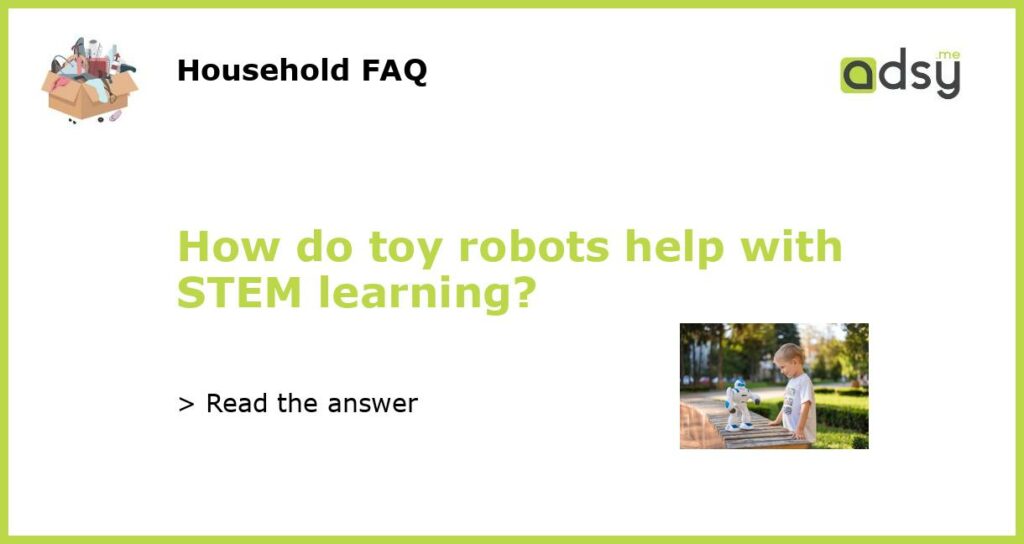Introduction
Toy robots have become increasingly popular in recent years, not just as fun and entertaining playthings, but also as valuable educational tools. Many parents and educators have recognized the potential of toy robots to enhance STEM learning, and they are incorporating these interactive machines into classrooms and homes across the world. In this article, we will explore how toy robots can help with STEM learning and why they are a valuable addition to any educational setting.
Engaging and Interactive Learning
One of the main reasons toy robots are effective for STEM learning is because they engage children in hands-on, interactive learning experiences. These interactive machines prompt children to think critically, problem-solve, and develop their analytical and logical thinking skills. For example, children may need to program the robot to navigate a maze or complete a series of tasks. As they experiment and make adjustments, they learn important principles of coding, engineering, and mathematics.
Encourages Creativity and Innovation
Playing with toy robots encourages children to think creatively and innovate. They can experiment with different programming commands and sequences to achieve desired outcomes. This creative process helps children understand that there may be multiple ways to solve a problem and encourages them to explore and think outside the box. By giving children the freedom to experiment and make mistakes, toy robots foster a growth mindset and teach children the value of perseverance and resilience.
Real-World Application and Relevance
Toy robots provide children with the opportunity to understand how STEM concepts can be applied in real-world scenarios. For example, programming a robot to perform specific tasks mimics the process of programming autonomous vehicles or industrial machinery. This hands-on experience helps children see the direct application of STEM concepts and ignites their curiosity about the world around them. It also prepares them for future careers in STEM fields, where knowledge about robotics and coding is increasingly in demand.
Collaboration and Teamwork
Many toy robots are designed for collaborative play, allowing children to work together in teams to solve problems and achieve goals. This fosters important teamwork and collaboration skills, which are essential in STEM fields and many other areas of life. By collaborating with their peers, children learn to communicate effectively, listen to others’ ideas, and work towards a common objective. The ability to work in teams is not only crucial for success in STEM careers but also in many other professions and everyday situations.






